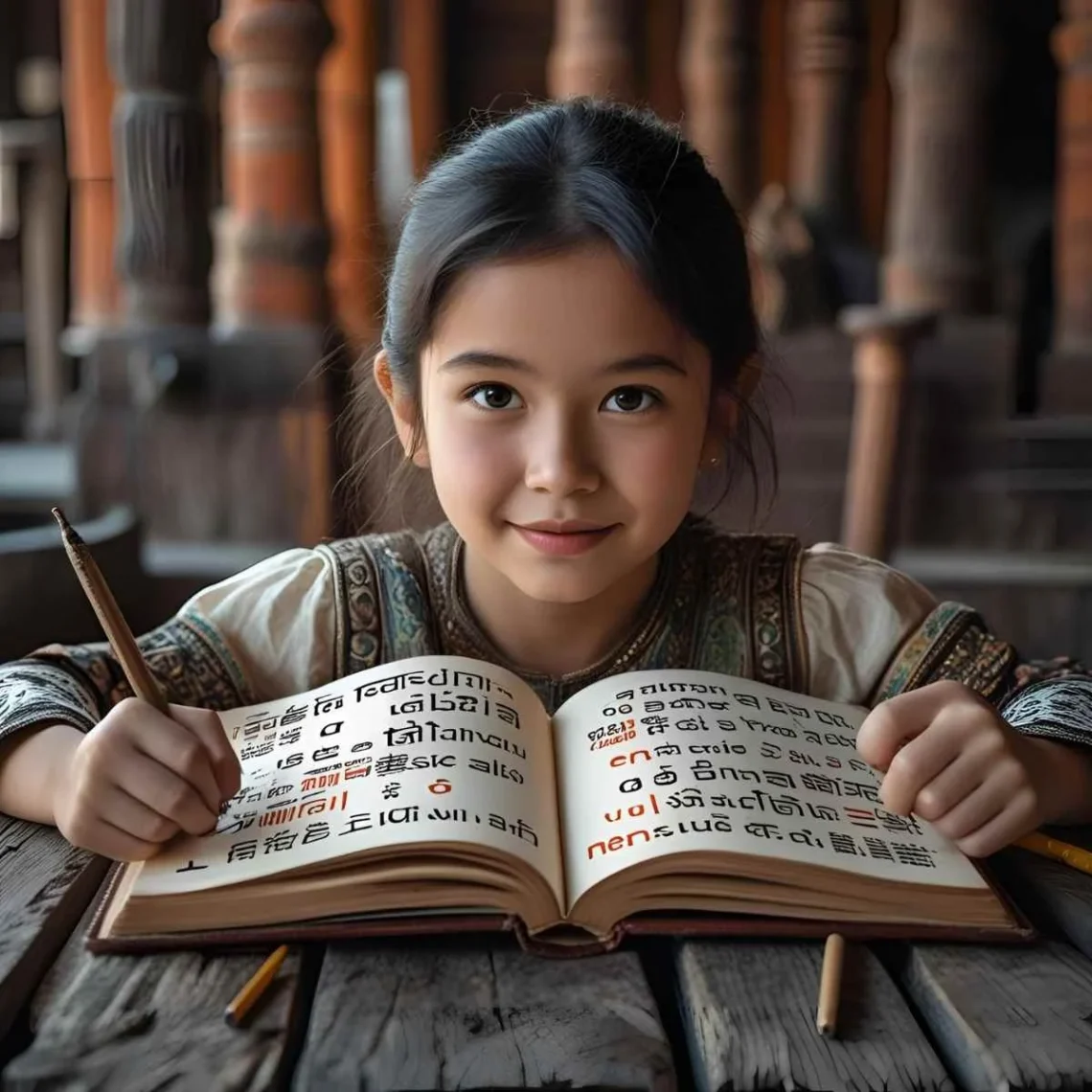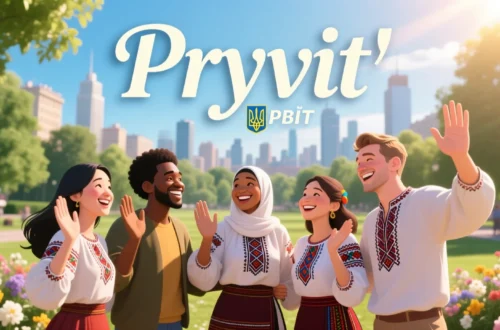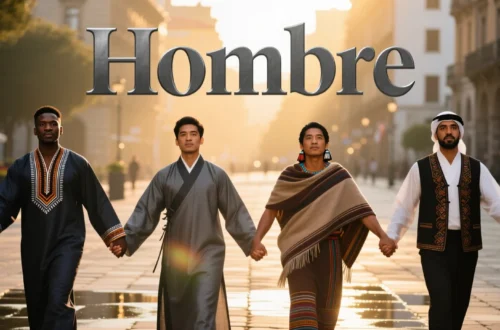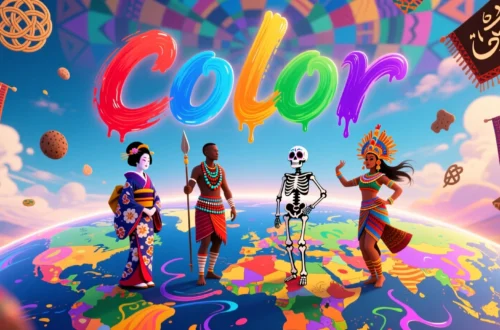Picture a group of friends in a cozy Lisbon café, laughing as one says “mesmo” to agree that their favorite dish tastes just as good as last time. That simple word, “same,” carries a universal sense of alignment and connection, yet it transforms across languages and cultures.
Whether it’s a cheerful “igual” in a São Paulo market or a calm “onaji” in a Kyoto tea house, the term for “same” reflects humanity’s shared desire to find common ground, shaped by each culture’s unique perspective. Let’s embark on a global journey to explore how people express “same” in different languages and what these words reveal about their societies.
Reference Table: “Same” in Different Languages
| Language | Word/Phrase | Cultural/Linguistic Insight |
|---|---|---|
| French | Même | Used for “same” or “even,” versatile in casual and formal settings. |
| Spanish | Igual | Means “equal” or “same,” common in Spain and Latin America. |
| Italian | Stesso | Implies identicality, often used with a sense of emphasis. |
| German | Gleich | Means “equal” or “same,” reflecting precision in usage. |
| Mandarin | Tóngyī (同一) | Means “identical,” used in formal or specific contexts. |
| Hindi | Vahi | Translates to “the same,” often used conversationally. |
| Japanese | Onaji (同じ) | Means “same” or “similar,” emphasizing harmony. |
| Korean | Gateun (같은) | Means “same,” used to express agreement or similarity. |
| Arabic | Nafs (نفس) | Means “same” or “self,” used across 20+ countries. |
| Swahili | Sawa | Means “same” or “equal,” versatile in East African dialogue. |
| Zulu | Okufanayo | Means “that which is the same,” warm and communal. |
| Yoruba | Kanna | Means “same,” reflecting agreement in Nigeria. |
| Maori | Rite | Means “alike” or “same,” tied to cultural unity. |
| Hawaiian | Like | Means “similar” or “same,” rooted in aloha’s inclusivity. |
| Cherokee | Ama | A term for similarity, used in Native American contexts. |
European Languages: Unity with Cultural Flair
European languages express “same” with terms that blend precision and cultural nuance. For example, in French, “même” is versatile, used in both casual chats and formal discussions, reflecting France’s love for linguistic flexibility. Meanwhile, Spanish speakers say “igual” (equal or same), a word that conveys alignment with a friendly tone, often heard in lively Latin American markets. Additionally, Italian uses “stesso,” which emphasizes identicality, as if to underscore a shared truth in Rome’s bustling piazzas. In German, “gleich” (equal or same) reflects precision, aligning with Germany’s structured approach to communication. Thus, these terms show Europe’s balance of clarity and expressiveness, from poetic Italian to pragmatic German.
Asian Languages: Harmony in Similarity
Asia’s linguistic diversity shapes unique expressions for “same,” often tied to harmony and agreement. For instance, in Mandarin, “tóngyī” (identical) is used in specific or formal contexts, reflecting China’s emphasis on precision. In Hindi, “vahi” (the same) is a conversational term, heard in India’s vibrant streets to express agreement. Similarly, Japanese uses “onaji” (same or similar), a word that conveys harmony, often spoken in Tokyo’s serene settings. In Korean, “gateun” (same) carries a collaborative tone, aligning with South Korea’s focus on shared understanding. Finally, Arabic’s “nafs” (same or self), used across over 20 countries like Egypt and Iraq, evokes a deep sense of shared identity, rooted in the region’s philosophical traditions. These terms highlight Asia’s range, from formal precision to warm, communal expressions.
African Languages: Similarity in Community
In African languages, “same” often ties to community and shared understanding. For example, Swahili, spoken in over 20 countries like Kenya and Tanzania, uses “sawa” (same or equal), a versatile term heard in markets or gatherings to signal agreement. In Zulu, “okufanayo” (that which is the same) is warm and inclusive, used in South Africa to affirm shared experiences. Similarly, Yoruba’s “kanna” (same) in Nigeria conveys unity, often celebrated in communal settings. These terms, used across diverse African contexts, emphasize collective harmony and optimism, reflecting the continent’s social spirit.
Indigenous & Island Languages: Bonds of Similarity
Indigenous and island languages express “same” with simplicity and connection. For instance, Maori in New Zealand uses “rite” (alike or same), reflecting the culture’s focus on unity and balance. In Hawaiian, “like” (similar or same) carries the inclusive spirit of aloha, used in warm agreements. Similarly, Cherokee’s “ama” signifies similarity, used in Native American communities to affirm shared values. In Samoan, terms like “tasi” (one or same) reflect the Pacific’s communal approach, often used in group settings. Across these cultures, from New Zealand to the Cherokee Nation, “same” emphasizes shared bonds, often tied to traditional practices.
Cultural Insights: The Evolution of Similarity
Words for “same” have evolved with cultural exchanges. For example, the English “same” derives from Old Norse “sami” (circa 1200s), spreading through European languages. In Arabic, “nafs” traces back to early Islamic texts, symbolizing shared essence. Moreover, in African languages like Swahili, “sawa” reflects trade-era connections, emphasizing equality. In Asia, terms like “onaji” and “tóngyī” align with philosophies of harmony, shaped by centuries of cultural thought. These words carry histories of trade, migration, and shared values, uniting people across time and place.
Proverbs and Sayings: Wisdom of Unity
- French: “Les mêmes cœurs battent ensemble.” (The same hearts beat together.) – Highlights shared emotions.
- Hindi: “Vahi dil, vahi dhadkan.” (The same heart, the same beat.) – Emphasizes emotional unity.
- Swahili: “Sawa sawa, tuko pamoja.” (Same same, we are together.) – Ties similarity to unity.
- Japanese: “Onaji yume, tsunagaru kokoro.” (Same dream, connected hearts.) – Focuses on shared aspirations.
- Yoruba: “Kanna ni ayọ wa.” (The same brings joy.) – Links similarity to happiness.
FAQs
Why do some words for “same” sound similar?
Shared linguistic roots, like Indo-European languages (French, Spanish), or cultural exchanges, like Arabic’s influence on Swahili, create similarities.
What’s the oldest term for “same”?
The English “same,” from Old Norse “sami” (circa 1200s), is among the earliest recorded, influencing other European languages.
How do cultures shape the term’s use?
Collectivist cultures (e.g., African, Indigenous) use “same” to foster group unity, while individualistic cultures (e.g., European) focus on personal agreement.
Conclusion
From “igual” in Brazil to “sawa” in Kenya, the word for “same” weaves a global thread of unity and understanding. Each term, whether the harmonious “onaji” in Japanese or the inclusive “rite” in Maori, reflects cultural values while celebrating our shared need to connect. Consequently, these words remind us that finding common ground unites all people in a universal embrace of similarity. How do you say “same” in your language, and what does it mean to you? Share your thoughts below—we’d love to hear your story!






